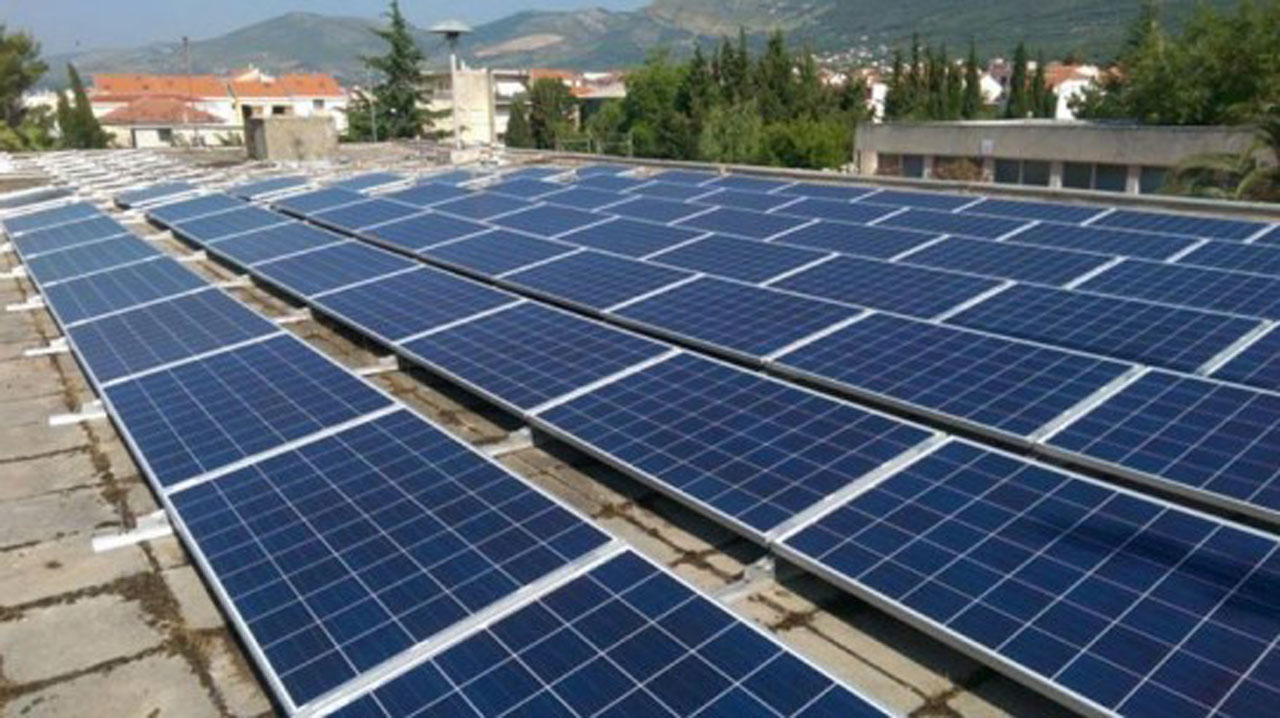High Costs, Policy Gaps Slow Residential Solar Adoption in S/africa

By Grace Ademulegun
Residential solar photovoltaic (PV) system adoption is still low in South Africa, despite the country’s abundant sunshine and the urgent need for alternative energy sources.
Only around 10 percent of families nationwide have switched to solar energy, according to a recent scoping assessment that was published in the peer-reviewed journal Heliyon. This is mostly because of institutional and financial impediments.
The report emphasises that switching to solar photovoltaics could be a workable solution to South Africa’s deteriorating energy issue.
Approximately 95.6 percent of the nation’s electricity now originates from low-quality coal, which accounts for 42 percent of carbon emissions. But despite the obvious financial and environmental advantages of moving to solar power, a number of barriers have prevented widespread adoption.
With 61 percent of the evaluated publications highlighting problems including high start-up costs and the unavailability of bank financing to support solar installations, financial constraints stood out as the most significant of the five major hurdles found.
In a similar vein, personal difficulties, such as ignorance of how to use solar PV systems and discontent with their functionality, were mentioned in 61 percent of the studies.
Fifty percent of the literature mentioned institutional problems, with experts pointing to a lack of government incentives, inadequate regulatory frameworks, and little utility company support as the main obstacles.
Twenty-two percent of the studies reported technical difficulties, ranging from the difficulty of finding replacement components for defective parts to a lack of qualified experts for installation and maintenance.
Although societal impediments received the least attention (17 percent of stories), problems like solar panel theft were still a major worry in some places.
Given that 20 percent of South Africans live in middle-income households and 55 percent of them live in low-income households, the affordability issue is especially urgent.
The National Energy Regulator of South Africa (NERSA) approved an 18.7 percent increase in electricity bills between 2022 and 2023, making solar PV financially unaffordable for many people who are already battling with escalating energy expenses.
The South African government has implemented a rebate program to promote the use of solar power in recognition of the pressing need for action.
People who install new rooftop solar panels starting on March 1, 2023, are eligible to receive refunds equal to 25 percent of the panel’s cost under this program. Although this is a step in the right direction, experts contend that the reimbursement is not enough to encourage widespread adoption.
The government must enact more comprehensive financial assistance programs, such as low-interest loans and subsidies, especially for lower-income households, in order to remove the obstacles noted in the report.
Furthermore, increasing access to qualified technicians and educating the public about the advantages of solar PV may contribute to a rise in trust in the technology.
The switch to solar PV is more important than ever because South Africa continues to experience power outages and rising electricity prices.
Securing a sustainable and energy-resilient future for the nation will depend on addressing the institutional, financial, and technical obstacles impeding broad adoption.
